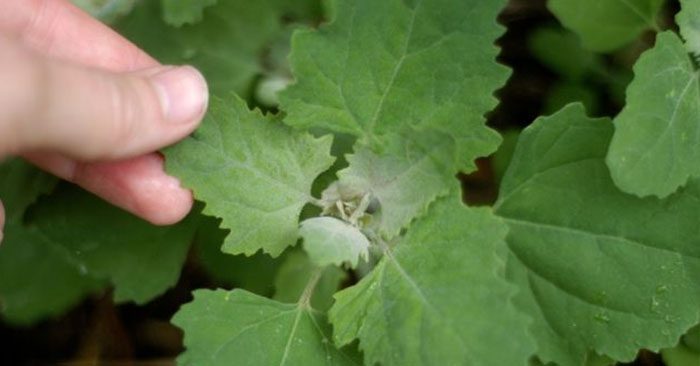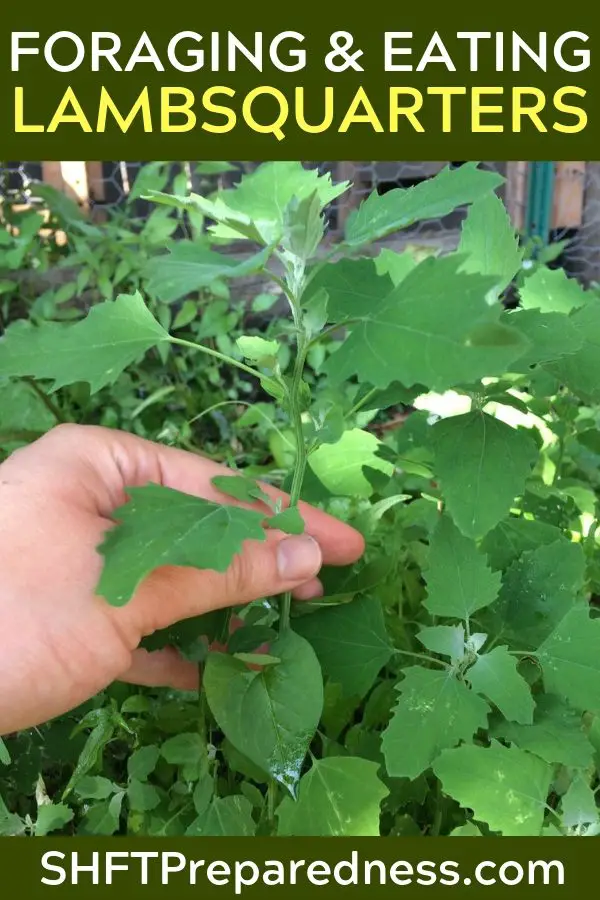
If you really want to feel like Neo from The Matrix, take the time to fully understand and seek out the food in your local area.
I always like to gauge my comfort level by my desire to eat certain edibles. Mulberries, dandelion, and plantains are all examples of this.
These are foods I eat when I am out in the wild. I always chew long pine needles and smell that great scent in sassafras leaves. This all equates to proficiency in finding these edibles.
Lambsquarters are an incredible wild edible that grows in most places. They can be eaten immediately upon finding them. In fact, it’s the type of wild edible that is best enjoyed fresh.
Lambsquarters have a strange, almost bluish hue on their youngest leaves. The leaves are shaped like serrated arrowheads. They grow a little over a foot tall and are a gem.
Now, you will not get full from eating lambsquarters alone, but they are a welcome snack in the wild.
They can also be mixed up with other great greens like wild cress, dandelion, and maybe even some wild onion. That’s a great little foraged salad.
The Forager’s Harvest: A Guide to Identifying, Harvesting, and Preparing Edible Wild Plants Edible Wild Plants: A North American Field Guide to Over 200 Natural Foods
Edible Wild Plants: A North American Field Guide to Over 200 Natural Foods
The Lost Art of Foraging
As survivalism finds its way into a new age of preppers and homesteaders, the skill of foraging wild edibles is going dim.
It could be the fact that we are in dire straights in many avenues of civilization. Sure, it seems like a much better idea to put up 5-gallon buckets of rice than to understand how to pick wild edibles.
Of course, the ability to forage for food is a renewable means of eating. Buckets of rice will eventually go away. Food will likely be growing out there long after you are gone.
Do not turn your back on the types of skills that have floated our human race for so long. We have literally been foraging for thousands of years.


